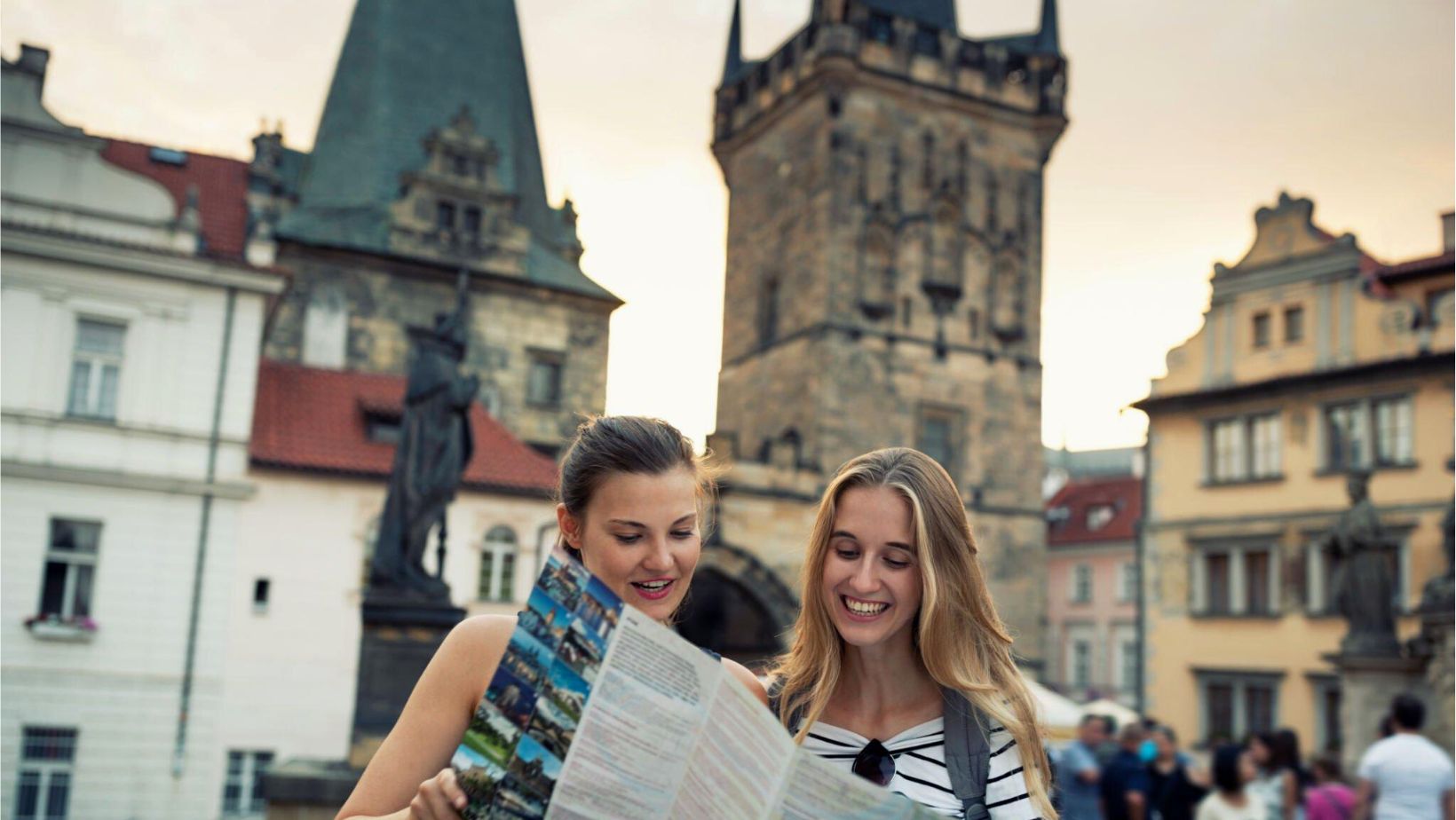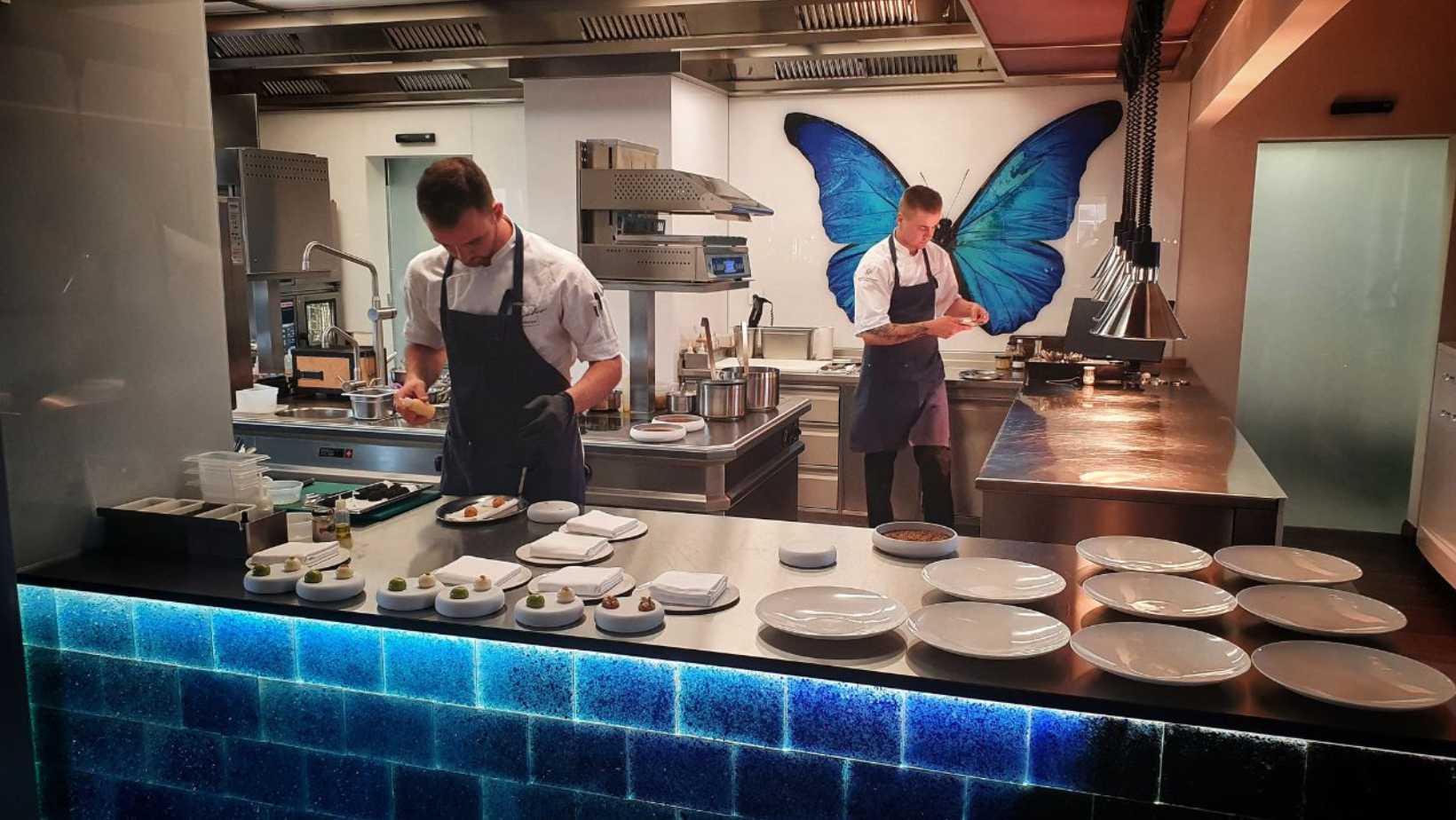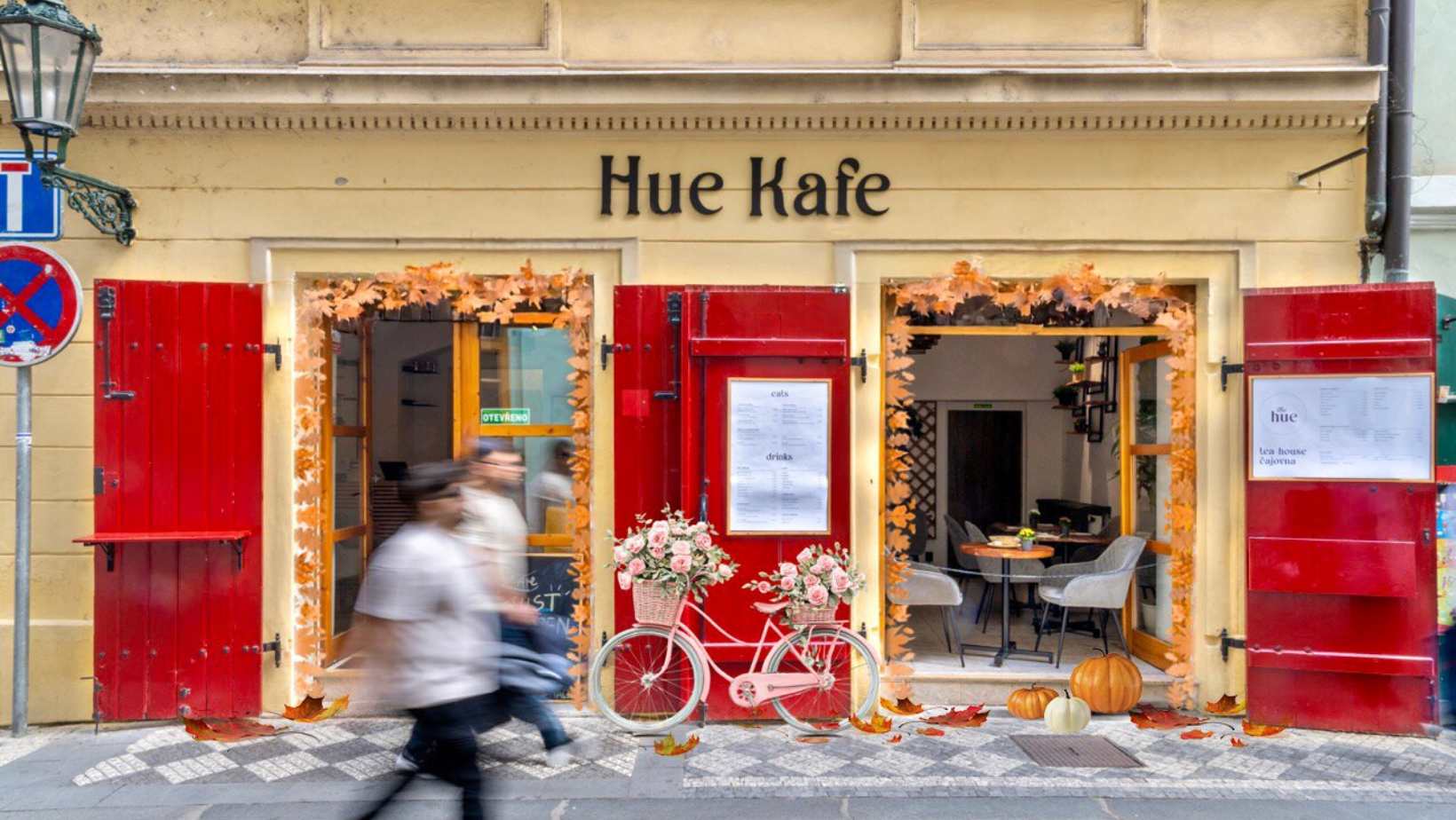Tourism in Prague has been greatly affected in recent years by the coronavirus pandemic, and the war conflict in Ukraine has also played an important role.
“Russians used to be in the top ten, but they’re no longer coming.” Last year, the decline was 90 percent, but we see that other countries are willing to come back. For example, Poland or the Baltics,” says Josef Říkovský, head of Prague City Tourism’s Quality of Services division.
Domestic travel is also growing, and the popular Prague as Home campaign has drawn Czechs who, according to polls, return frequently.
“We have statistics from last year, when domestic visitors made up 25% of the total. “Prague was the most visited destination in the country for the first time since 2010,” he added.
Prague City Tourism also aims to attract more sophisticated and wealthy visitors, so it commissioned a study of the behavior and typology of visitors to the city.
“They have somehow calibrated what individual people are sensitive to for us.” What they truly desire to see in Prague. So, for example, we know that Germans are more interested in Kafka, while Spanish tourists to food,” says Říkovský.
“In recent years, Prague’s gastronomic scene has flourished.” So, in addition to history and design, visitors’ interests have expanded.
Spaniards, Italians, and Poles are paying more attention and are passionate about Czech food. “They are drawn to traditional cuisine,” he explains.
Prague City Tourism will use the study’s results to market the city and create new goods and services. In the long term, it hopes to promote new attractions other than landmarks in Prague.
“We are showing that Prague is not a two- or three-day destination.” We have much more; even visitors, according to polls, recognize that Prague is multifaceted; we have lovely parks; you don’t have to be only in the center,” concludes Říkovský.
-
NEWSLETTER
Subscribe for our daily news











